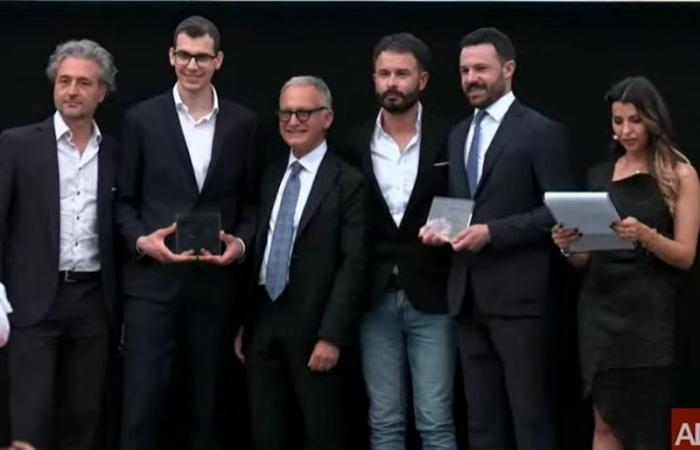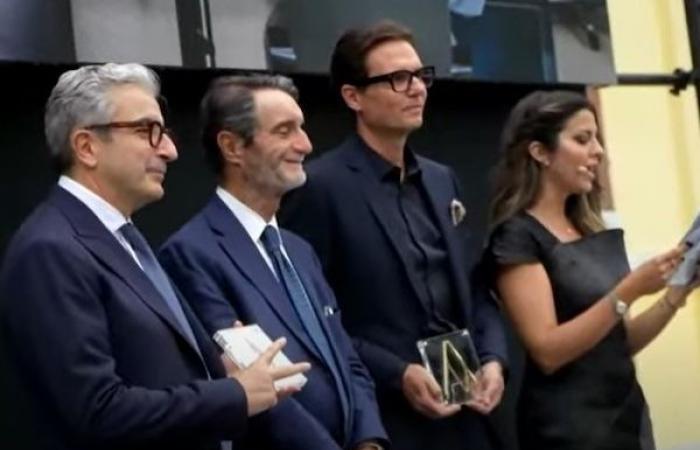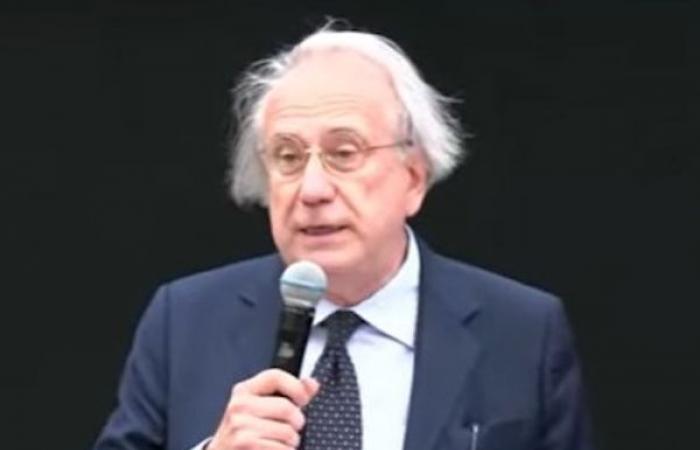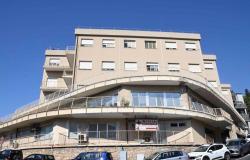The Compasso d’Oro turns 70, an award projected into the future
On June 20th all‘ADI Design Museum in Milan the 2024 edition
Assoconstruction informs
Seventy years have passed since the first Compasso D’Oro, born in 1954 from an idea by Gio Ponti. Seventy years of work with 28 editions of the award, which have made it a point of reference for a sector that today represents one of the most relevant cultural and economic values: over 40,000 employees, more than 17,000 companies and 3.14 billion euros of added value, and which gave rise to a historical collection recognized in 2004 by the Ministry of Cultural Heritage as “an asset of exceptional artistic and historical interest”.
Among those present was the mayor of Milan Giuseppe Salawho remembered the 100 thousand annual visitors to the ADI Design Museum, and the president of the Lombardy Region Attilio Fontana. In front of a very large audience, in Piazza Compasso d’Oro, the president of ADI Design Luciano Galimberti reviewed the successes of the initiative and the president of the ADI Compasso d’oro Foundation,Umberto Cabiniwith the members of the jury, presented the Compasso d’Oro awards:
1st Prize Young a Demeter. Grafting machine for fruit plantsOf Andrea Ceschin of Isia Roma Designa (Pordenone branch);
2nd Young Prize a SummerOf Luca Costa And Stefania Russo (University of Palermo)
3rd Young Prize a Laceby Irene Ferrari (Academy of Fine Arts of Bologna)
The 2014 Compasso d’Oro, awarded by Fontana, instead went to Acea Waidy Management Systemby Tangity – Part of NTT DATA Design Network, retired from Giovanni Papaleo And Roberto Roggero.
This edition (which took place with the patronage and thanks to the contribution of the Lombardy Region) aimed to enhance the idea of quality of the projects, a quality which has changed over the decades following the evolution of culture and society, but which remains the reference point of the award. “A story that starts from afar but which, in a sort of long present, has maintained coherence and the ability to develop proactive relationships to build an idea of civil community. And which gives a concrete measure of the quality of Made in Italy”, underlined Galimberti.
The winners of previous editions can be seen at this link: https://www.adi-design.org/tutte-le-edizioni-del-compasso-d-oro.html.
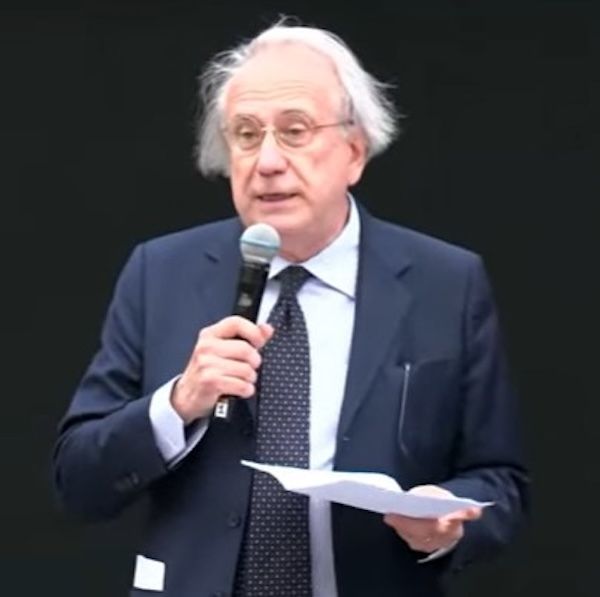
Today the Compasso d’Oro is the result of a three-phase process: from the annual overview of the ADI Design Index, conducted region by region, to the subsequent evaluation by specialists in the individual fields (from furniture to mobility, from social design to the projects of design students at Italian universities): a scientific selection process, which lasts two years and involves a permanent multidisciplinary observatory of around 150 experts, up to the presentation of the selection results to an international jury, which rewards not simply objects most widespread or most beautiful, but those that best represent the idea of Made in Italy design.
The winning products of each edition of the award are then exhibited atADI Design Museum(this year’s edition will be on display from 20 June to 15 September 2024), a museum that from 2021 enhances and spreads the culture of design at a national and international level, through the display of the permanent collection and the production of thematic exhibitions with a focus on contemporary design, also exhibited abroad on international tours in Europe, Asia and the United States. “A museum not of celebration but of research” said Galimberti.
PHOTO
- Giovanni Papaleo, Attilio Fontana, Roberto Roggero
- The Mayor Giuseppe Sala with Achille Colombo Clerici
- A moment from the awards ceremony
- Luciano Galimberti

